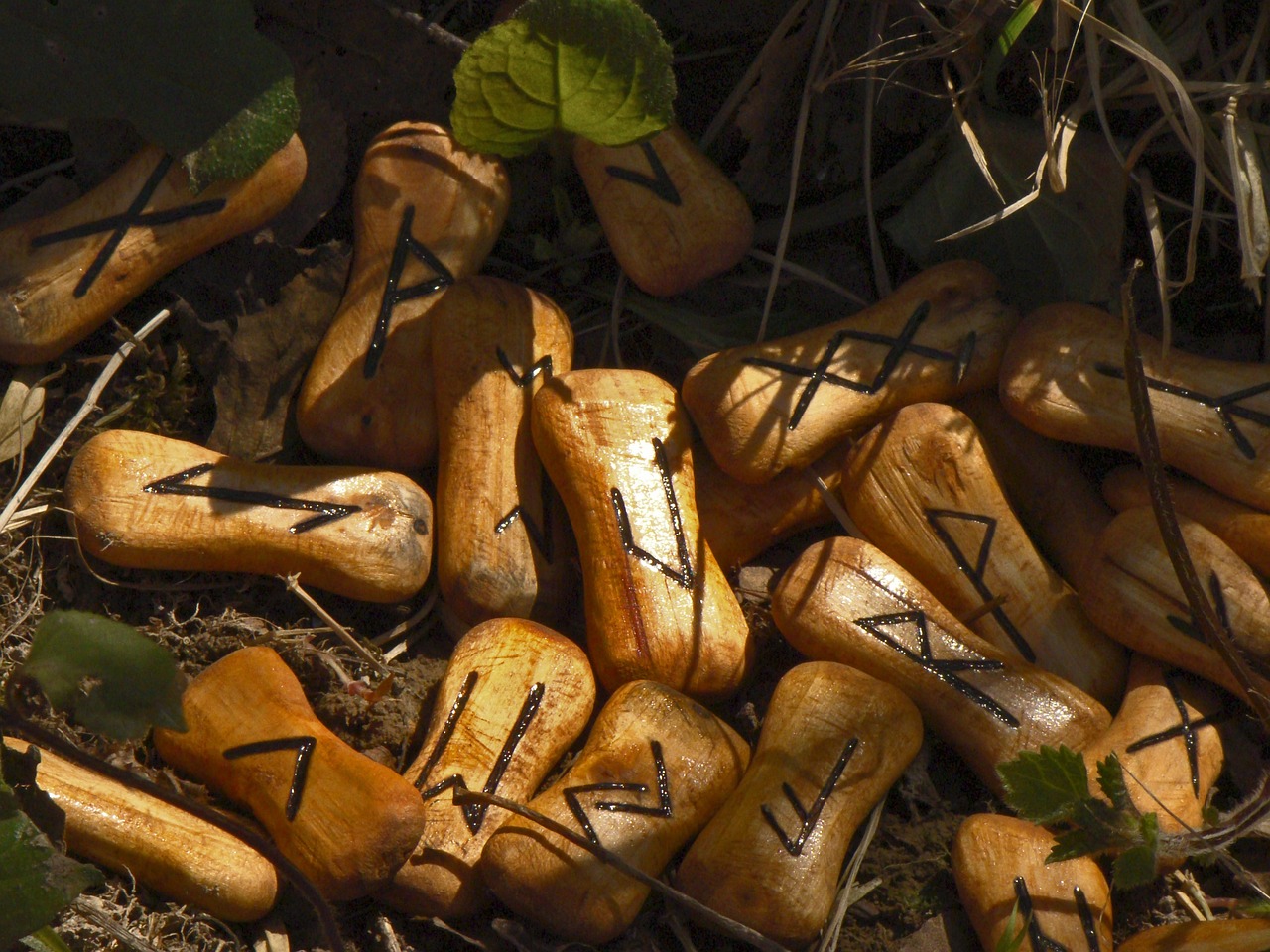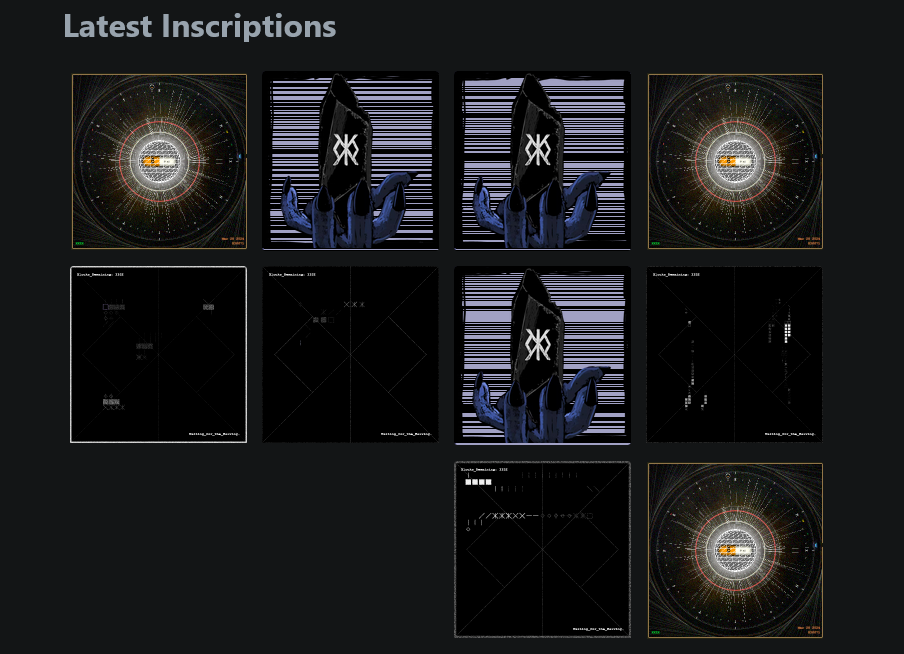
Bitcoin Runes are set to ignite huge growth in Bitcoin DeFi and meme coining at the Bitcoin halving event in April – but what exactly is Bitcoin Runes? How is this different from BRC-20? And, what’s next for Bitcoin ordinals?
Runes plans to tap into Bitcoin, the world’s first blockchain, to deliver a new efficient fungible token capability.
This is a critical development for Bitcoin, which, despite being extremely popular and having moved trillions since launch, lacks capability compared to smart contract blockchains such as Ethereum or the BSC Chain. The good news is that all this is changing, and the network’s functionality is expanding rapidly through Ordinals, BRC-20, and now Runes.
Following the launch (and unexpected success) of Ordinals in 2023, the upcoming release of the Runes protocol in April 2024 promises to be another critical milestone for the world’s most valuable network. This piece explores the Bitcoin Runes protocol and its potential impact on the broader crypto ecosystem.
What is the Runes Protocol?
Ethereum and Tron, for example, have various token standards – from ERC-20 to TRC-10. The most popular of these platforms are the ERC-20 and TRC-20 standards. Major tokens like Uniswap’s UNI or Chainlink’s LINK all comply with this standard.
The best way to think of Runes is that another standard guiding the issuance of Bitcoin tokens is set to go live.
The Runes protocol is rolling out a new standard for issuing fungible tokens directly on the Bitcoin blockchain – fungible tokens can be changed or transferred, just like money.
BTC, the native currency of Bitcoin, for instance, is a fungible token. Other examples are ETH for Ethereum, LTC for Litecoin, and many more.
This new standard aims to provide a more efficient method for launching fungible tokens on Bitcoin than existing solutions like the BRC-20 standard.
The new Runes protocol aims to further extend Bitcoin’s utility by facilitating the creation and trade of fungible tokens, effectively creating a mechanism for the deployment of low-cap BTC-linked projects using a simpler more streamlined model than BRC-20 tokens.
Like BRC-20s, Runes will use Bitcoin and pay fees in Bitcoin to create new tokens – however, there is a vital difference in the blockchain architecture used to deploy Runes.
Like Bitcoin itself, Runes uses an Unspent Transaction Output (UTXO) model instead of an account model—the same model used by some layer-1 chains such as Ethereum.
The protocol is being worked on and set for launch a few days after Bitcoin halves its miner rewards in April 2024.
Who is the Lead Builder for Bitcoin Runes?

Bitcoin developer Casey Rodarmor proposed the Runes protocol in September 2023, he is a well-known figure in the BTC development community.
Rodarmor is known for his work on the Ordinals protocol, this solution allows users to mint inscriptions, which are “NFT-like” assets, on Bitcoin.
Ordinals rely on inscribing assets on the Bitcoin main net and have been accused of spamming the network, forcing transaction fees to increase.
The Runes protocol aims to create a simple but efficient alternative with minimal on-chain footprint – in essence, and as Rodarmor says, Runes won’t be a shitcoin – but a template for creating shitcoins on Bitcoin.
As a “shitcoin model” on Bitcoin, Runes will bear the following characteristics:
- It will leverage the Bitcoin Unspent Transaction Output (UTXO) model but strives to minimize or eliminate network congestion. When the network is congested, transaction fees tend to rise.
- The protocol will stratify asset information, separating it from the Bitcoin main net. However, all crucial data of an asset will be kept on-chain.
Impact of Runes on the Bitcoin Network?
Like the success of Ordinals, Runes could benefit the network as follows:
- Supporters say Runes will likely spur innovation and allow more diverse fungible tokens to be launched directly on the Bitcoin network. The superior network hash rate will secure some of these tokens, including stablecoins and others.
- If Runes finds adoption, miners will likely receive even higher revenue from transaction fees. This boost will be a lifesaver for some mining farms, especially after halving, which will slash miner rewards by 50%.
The Bottom Line: Runes Coming With April’s Bitcoin Halving
Undoubtedly, the upcoming launch of Runes will be a major step forward alongside the Bitcoin halving, further expanding its capabilities to enable development in BTC DeFi products and innovations.
The protocol will likely streamline fungible token issuance and spur innovation on-chain, attracting more users and value to the world’s most valuable cryptocurrency.
Furthermore, amid a huge uptick in meme coin market trading volumes in recent months, the launch of Runes could trigger a new wave of shitcoining fever on the Bitcoin blockchain.
EXPLORE: 3 AI Crypto Coins To Watch Ahead Of Nvidia GTC 2024 Conference
Disclaimer: Crypto is a high-risk asset class. This article is provided for informational purposes and does not constitute investment advice. You could lose all of your capital.

 No Comments
No Comments
